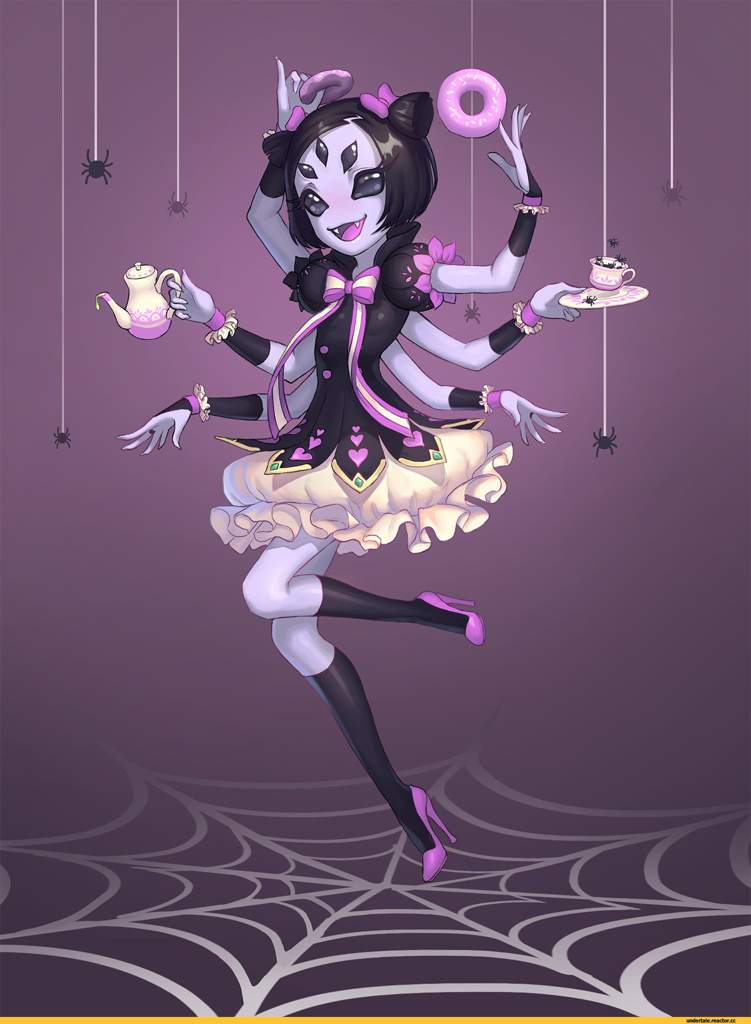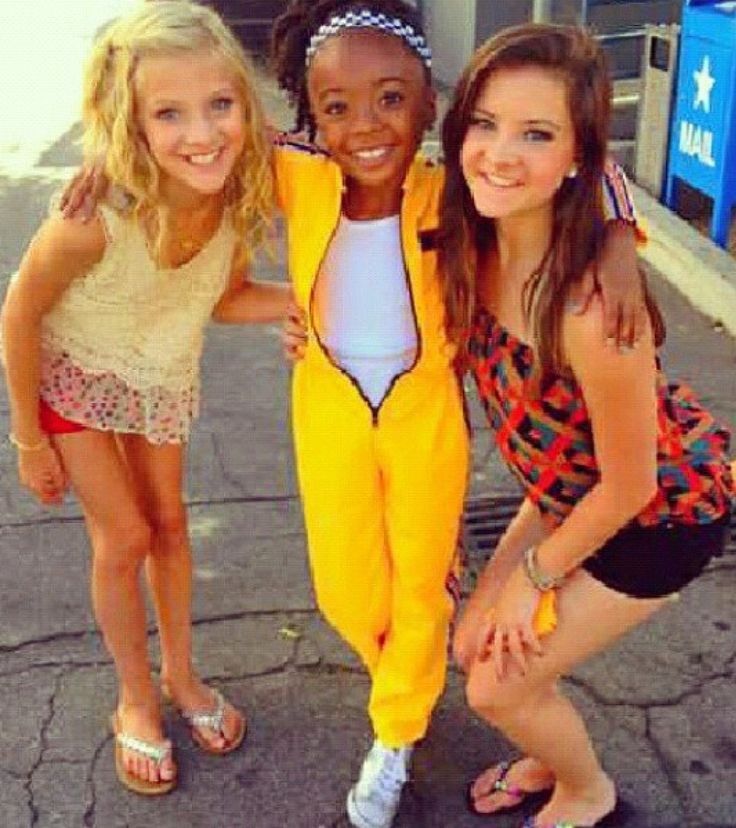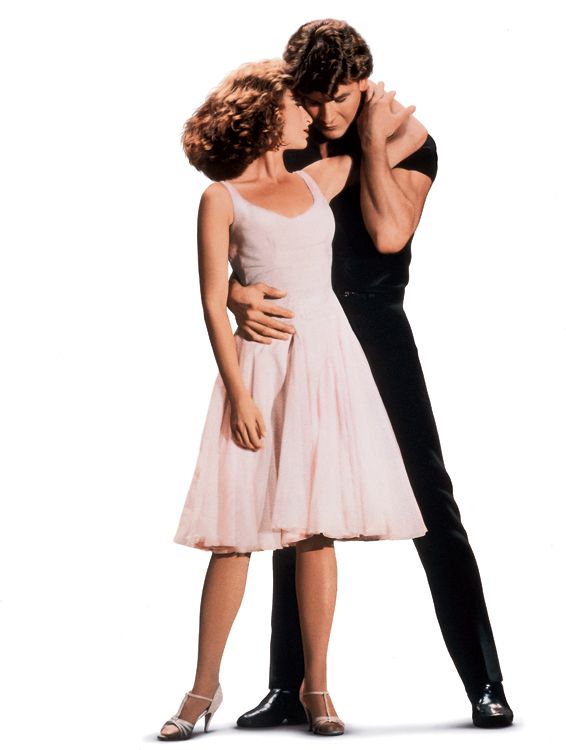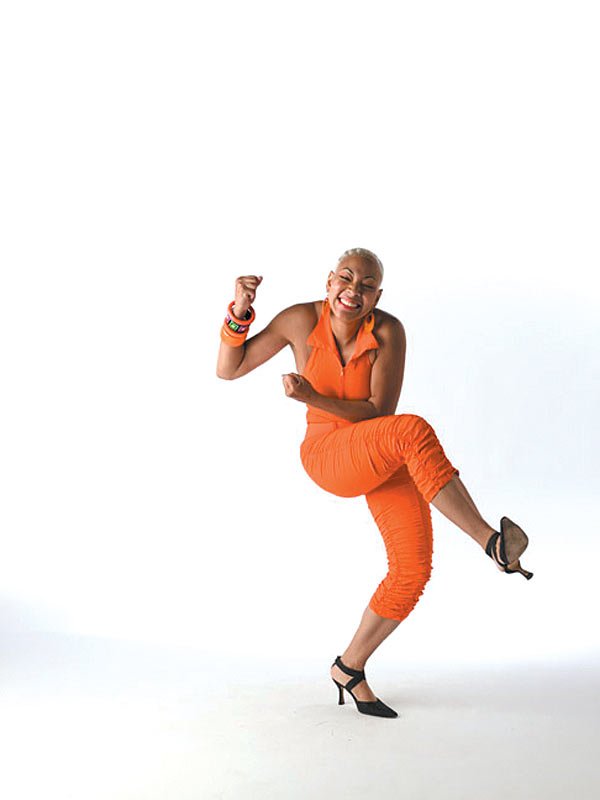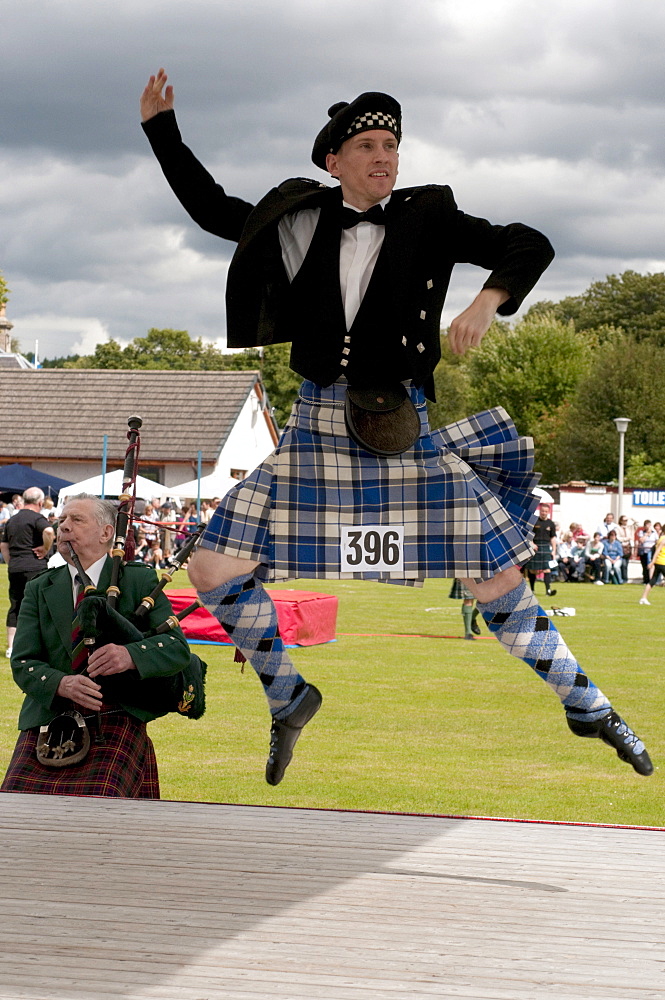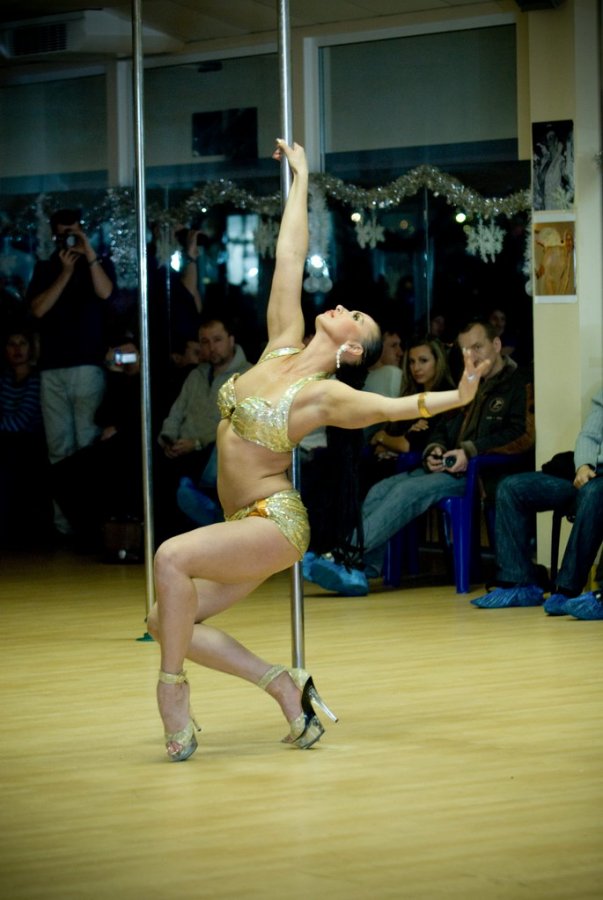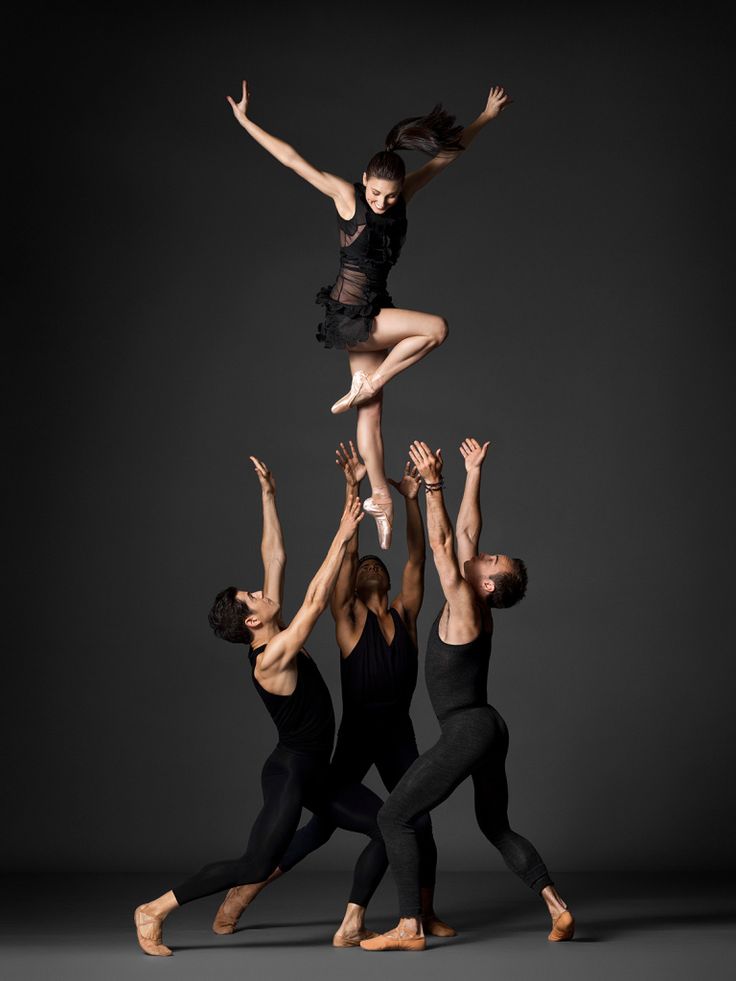How to pop your body dance
Learn How To Pop, or Hit With Your Body! (Popping Dance)
Do you want to learn how to Pop your neck? How to Pop your arms? Your PECTORALS?
Let's learn about the *Pop (sometimes referred to as a Hit), and practice Popping with different parts of your body.
*We will be using the terms "Pop" in this article.
What is a Pop, or Hit?
A Pop, or Hit, is the most fundamental move in Popping. In fact, some might even say that it is the only move that really defines Popping.
Read about the style here: What Is Popping?
Popping is done by flexing specific muscle groups, usually to beats in music.
Dancers Pop continuously to a steady rhythm, while using different poses and pathways in between Pops.
How do you Pop?
The more energy you put into flexing, within a smaller amount of time, the stronger you Pop will look.
Learning how to Pop requires a lot of repetition and drilling, so practice Popping using one body part at a time.
As a result of conditioning, your body will memorize how to Pop certain body parts in different angles and pictures.
How to Pop your chest
Popping with your chest requires you to control your core. Suck in your lower stomach /diaphragm to push your upper chest out.
The faster you do it, the stronger your hit will look. Also, curve your spine in and out to create an even bigger effect.
How to Pop your neck
To practice neck Popping, use the muscles in the front of your neck to control moving your neck forward, back, and side to side.
While, try to keep your chin level, because isolating your neck will make it easier to see how much your head is moving.
“It should feel like something is tapping you on the back of your head.”
– Boogie Frantick
How to Pop your arms
Start with your arms outstretched, straight front of you (parallel to the ground). Loosen your arms by bending your elbows a bit, then flex everything.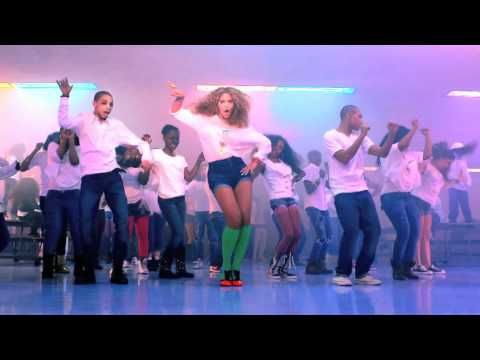
If you want to know how to Pop with your hands, then snap downward with your wrists as your knuckles snap upward.
Pretend like you're revving a motorcycle engine really fast.
Afterwards, you can put all these parts together to create a full arm pop.
How to Pop your legs
Sit on a chair and focus all your energy on flexing your left, then right leg. Then stand up and try to execute the Pop with the same control.
Since it's more comfortable to train on a chair, you'll be able to strengthen your thigh and calf muscles before doing it standing.
All these tips are from Boogie Frantick's Beginner Popping Program on STEEZY Studio.
You'll learn all the basics, so it's perfect for beginners who don't know how to Pop.
He'll go in-depth with each technique, and give you drills that you can practice anywhere, anytime.
If you want to keep practicing your Pops/Hits, then take Clay's 7 Days of Hits Program on STEEZY Studio.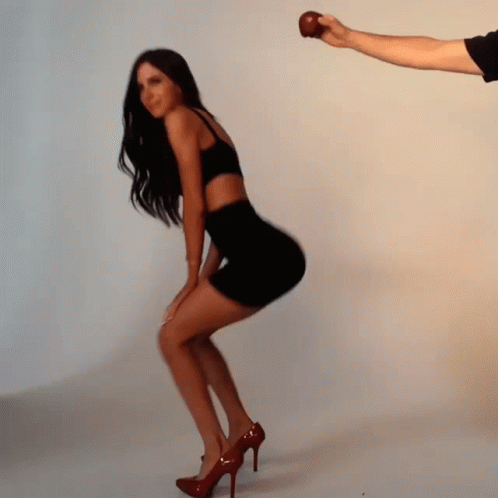
Each day, you'll practice hitting with a different part of your body, or learn a new concept like textures or timing. Try it now for free!
The Ultimate Guide to Dance like a Real Popper
A worrying thought, isn't it?
You are following tutorial videos, but you can’t help wondering if you will ever become a popper like them.
What makes your pop much smaller than the instructors?
You are all doing the same move. Stand on feet, arms straight, on the beat, and pop. You know, the usual fresno lessons.
But something is missing. You are not carrying the heavy sound effect they carry. Their body seems to vibrate so much more. How do you know if you are doing pop right?
Good question. The problem is, you do not really have an answer.
Most of the training, you feel like you are stumbling around in the dark. You are not sure what is working and what is not. It feels like a long never-ending tunnel.
Maybe you came here to find some answers. Maybe you are hoping I will tell you the problem with those videos.
Maybe you are hoping I will tell you the problem with those videos.
But I won't.
There is just so much muscle anatomy that comes into play that it takes a long time to understand the full nuances those tutorials carry.
What I can do is to lay out common pitfalls and right expectations. So you can keep coming back to the guide as you develop your skills, and adjust your steering.
Here is a big fat guideline of how to pop.
Table of Contents
- What is Pop
- Dancer's Benefits
- Pop by Body Parts
- Max Out, Zero Down
- What if You Can't Really Do It
What is pop?
Popping is about hitting your muscle on a particular rhythm. Acky, one of the legendary poppers, said you would pop with a visualization of an instrument. You are using your whole body as a drum just like vocals, guitars, etc. That makes pop extremely versatile in expressing your musicality.
Poppers achieve this magic by flexing their muscle and relaxing instantaneously. That action looks so sharp that it gives an illusion their whole body is beating the music.
That action looks so sharp that it gives an illusion their whole body is beating the music.
Although popping genre came out with funk era of the 80s, the rising popularity of EDM pop like ChainSmokers has made popping relevant. We cannot ignore the still relevant Dubstep either. Pop is capable of expressing that heavy electric blasting tone as well as rapid ticking sound well.
Dancer's Benefits
Finally Call Yourself a Popper
Can you tell the difference between popping and robot dance? The answer lies in the fact that robot is a style of movement, whereas pop is the action you are hitting your muscle. Of course poppers move around too. They can do robot move, and still be poppers. On the other hand, robot dancers are not called poppers unless they master the pop. In the dance scene, popping is often used as an umbrella term that captures broad categories of dancers.
Pop is the foundation of popping genre that sits below styles. There are boogaloo, robot, waving, and tutting of which poppers accompany in their move.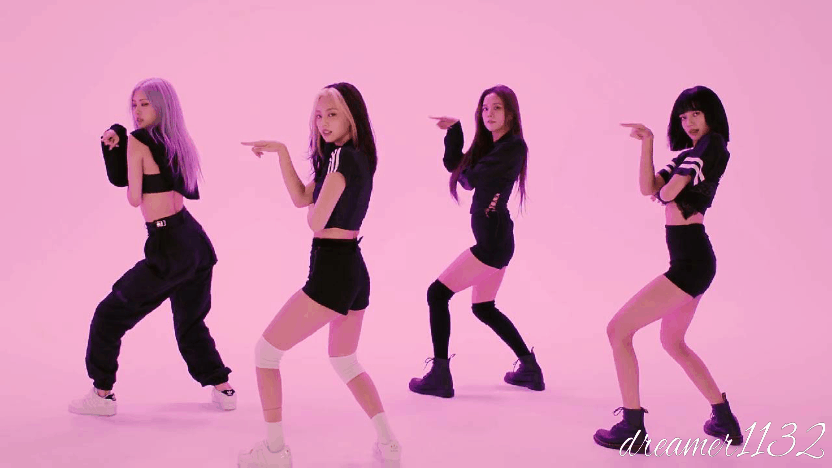 Without popping their muscles, they become boogalar, robot dancer, waver, tutter, etc. That is fine if that is the style you are going for. It becomes a problem if you decide to enter the popping battle. There is no chance you will ever win a single round without a single pop.
Without popping their muscles, they become boogalar, robot dancer, waver, tutter, etc. That is fine if that is the style you are going for. It becomes a problem if you decide to enter the popping battle. There is no chance you will ever win a single round without a single pop.
This also means that if you are incorporating pop, you do not need to follow any of those styles. You can invent your own type of steps, and still win a popping contest as long as muscle hit is there. That is the flexibility of popping genre.
Internal Rhythm and Groove
You will be tested your rhythmical sense with pop. As demonstrated above, pop is good for expressing drum-like beats. The conventional role of a drum is to set the baseline of the music. Pop is similar. It works as the central force to bind your various steps into one single piece.
A typical song is organized into 8 beats. Without organization, music becomes noise. Even though you may catch scratch sound or skip several beats, your musicality is always following the imaginary base.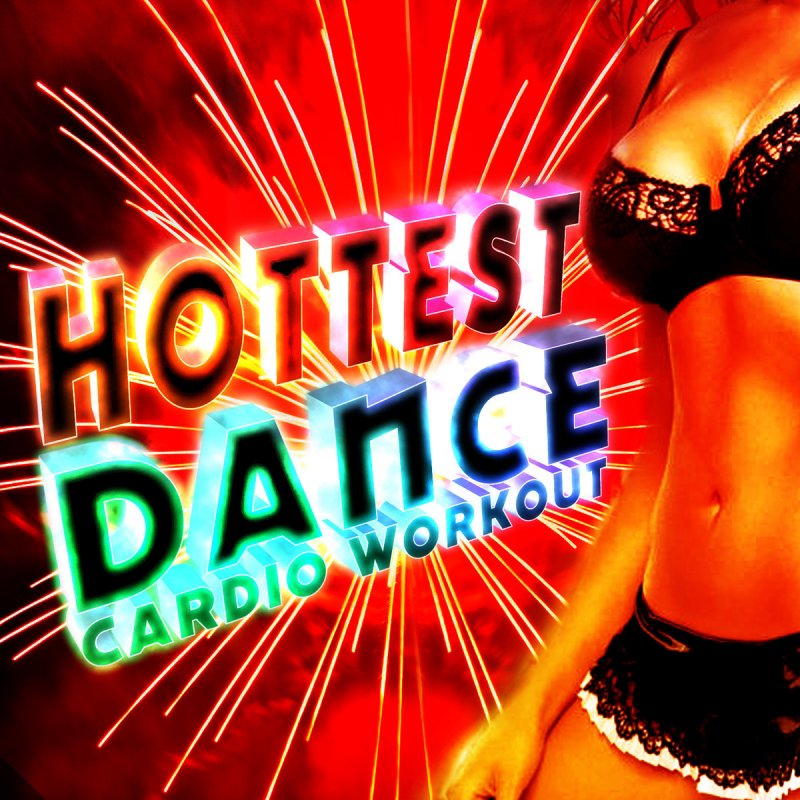
Having the internal rhythm is good. It gives you the groove necessary to give an order in your dance routine. Otherwise, your choreography becomes a set of random movements. A good metaphor is a metronome. Pianists use it to assist themselves to get back on a track of music.
To see more about internal rhythm, check out this Cothkoo's routine from 5:38. It is so bold of them to go into the routine without music. Cothokoo can do it because they are both confident in their ability of internal rhythms.
Lasts Forever
How long are you planning to dance? If you are like me, it is too depressing to practice on skills that only peaks shortly thereafter. Unfortunately, the lifestyle of professional athletes tells us that our maximum physical capability has a short span of the 20s. Street dancing is no exception. Your anaerobic muscle simply cannot keep up.
To the contrary, pop muscle is different. It seems to build on top of the other. Popin' Pete, the founding father of popping, in his 50s. Even though the sharpness of his steps has stagnated over the years (please keep this between me and you), his pop muscle is stronger than ever. Just like good Whiskey, aging works like magic dust on your muscle, making it better and better.
Even though the sharpness of his steps has stagnated over the years (please keep this between me and you), his pop muscle is stronger than ever. Just like good Whiskey, aging works like magic dust on your muscle, making it better and better.
Pop by Body Parts
Pop is about your muscles. For beginners, it is important to understand which muscle should be working. Please trace down each part carefully with your own hand before getting into specific training.
Arms
There are 3 kinds of arm muscles: triceps, biceps, and forearms.
Triceps
It is the muscle that is back of your arms just underneath the shoulders.
First, let's confirm which muscle you will be using. From the relaxed position, put your hand on the back of the other arm, and slowly extend that arm straight. You will feel the lump as you try to extend the arm further beyond.
This muscle can be practiced by holding your arms straight in the air. And, twist both of your elbows up towards the ceiling.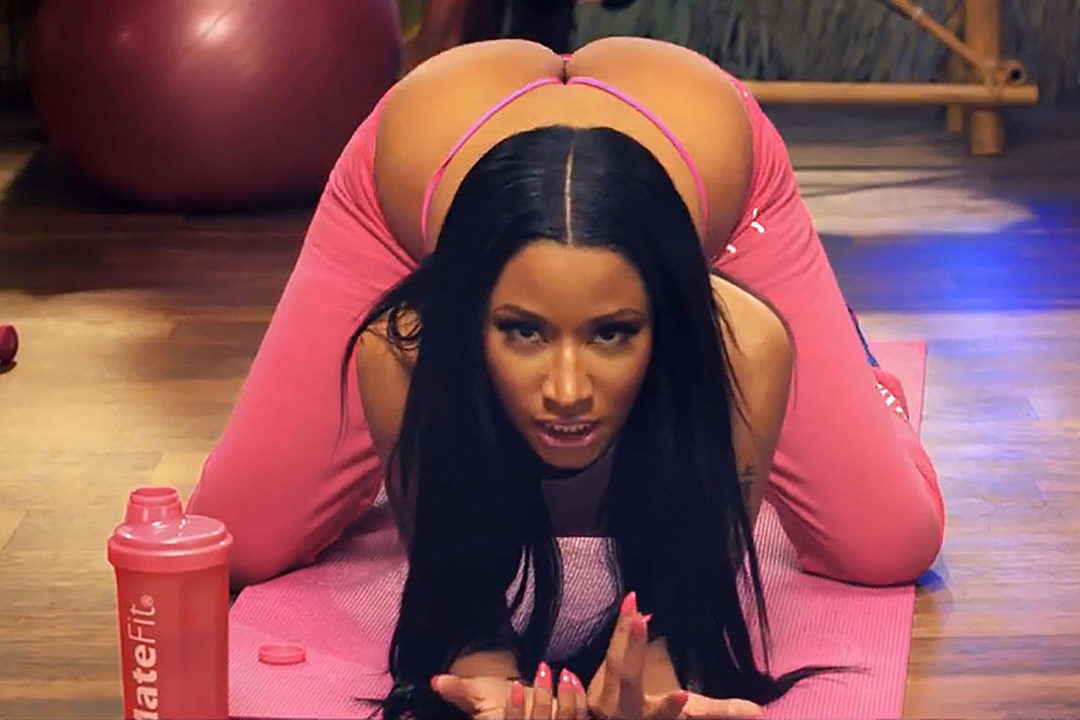 Relax instantly after.
Relax instantly after.
You will be using triceps pop, when hands are extended straight. The direction can be forward, backward, upward. The most basic form of fresno comes with triceps practice. This part is the strongest of all arm pop.
(Source: Dance Style Poppin’)
Biceps
If you have exercised dumbbell lifting, this is the muscle you have been using. You see the lump easily with arm wrestling too.
Practicing this muscle is straightforward. You can do it by holding out your arms horizontally to your shoulders, and bend your arms at 90 degrees. Then flex your muscle and relax. Again, flex and relax.
You will be using biceps in a position where your arms are bent, like when tutting or puppetting. This pop is quite adaptable to most movements.
(Source: Dance Style Poppin’)
Forearms
Along with biceps, you will be frequently using forearms. They go hand in hand.
The muscle can be further divided into the bottom and upper parts of your forearms.
You can experience this muscle by holding your hand in a relaxed position, and slowly bending your wrist upwards. As it reaches towards the end, you will feel the top of your forearm flex. Likewise, you can bend the wrist downward to feel the bottom of your forearm tense.
Even though they have smaller power compared to triceps and biceps, I find forearms useful in ticking, as it is easier to control in fine detail.
(Source: Dance Style Poppin’)
Training Methods
For different practices in each of the 3 muscles, check out this Kid Boogie's tutorial. My suggestion on top of his is to slow down more in the beginning. Pop only once every 8 beats for example. Also, make sure you cover awkward position. Here is some challenge for you:
- Hit triceps with your hands reaching the ceiling.
- Hit biceps with your arms pulled backward.
- Hit forearms with your hands flipped upside.
The more versatile your hit position of arms become, the more variety of poses and movements you can pursue.
Tips
In the beginning, it is tempting to use your shoulders to magnify your pop effect. But, that is a bad habit. Your dance styles will be always messy and disturbed by the moving shoulders. Instead, you should be building the arm muscle for the power.
Another thing to watch out for is musicality. Even if you have good hearing, the mere act of flexing muscle tends to push you faster than the music. You have to hit on the beat. Listen to the music carefully, and stay on beats.
Neck
You will find neck pop counterintuitive at first since the muscle around your neck is accustomed to supporting only the weight of the head and not to draw in instantaneous force. Nevertheless, if you can pull off the neck, pop energy from your legs will be contained within your body. That will give you deep pop leaving the audience with heavy explosive sensation.
There are 4 directions you can go with the neck. For each side, you can practice it by pressing your hand against the head and not letting your head move. Keep pushing. You will feel the tension in your neck resisting that force. That tension is your neck pop.
Keep pushing. You will feel the tension in your neck resisting that force. That tension is your neck pop.
Front neck (platysma muscle) is from your chin all the way down to the clavicle. You can visualize it with dog barking woof.
Side neck (sternocleidomastoid muscle) runs from beneath of your ears all the way down to bones.
Back neck (Upper Trapezius) runs from right behind your skull down to shoulders.
Training Methods
Once you get used to building the tension with your hand, let's find the click point.
Each side should be done separately as each has distinct muscle function. For the front, attach your head to the chest. For the side, attach your head to the shoulders. For the back, attach your head to the back. As your head reaches the limit, you should find the click point.
(Source: Dance Style Poppin’)
Tips
Most poppers seem to incorporate only one side at a time. For example, they hit the right neck as they boogaloo swing into the right side, and hit the back neck as they fresno. Please adapt it with your own swag.
Please adapt it with your own swag.
Also, it is the problem that I can share with people with bad postures. After I spend a whole day working in an office or studying at a desk, the back and side of my neck become so stiff that neck pop barely works. If that is your case, try massaging your neck a little bit before practice. It will make neck pop easier.
Legs
Most explanations of leg pop are simplified. The mechanism is in fact straightforward, but it has to be practiced with caution since it can hurt your knees in the long run.
Generally, there is backward and forward. Although these are the 99% of pops you see out there, there are other types like sticking out leg pop and rotation leg pop.
Backward
You will be using backward legs as you step, walk, and move. The mechanism is similar to the natural body movement.
This muscle is not as well defined as the other pops. It ranges from thigh especially on top of your knee bones and muscle just underneath your hip on the back (adductor longus muscle). Your calf (gastrocnemius muscle) will come into play as well, but it comes naturally with your improvement. So I would not worry about it too much.
Your calf (gastrocnemius muscle) will come into play as well, but it comes naturally with your improvement. So I would not worry about it too much.
To experience the thigh, bend your body and try pulling your kneepan upwards. If you feel it twitching upwards a little, that is the knee muscle you are supposed to be popping.
For the hip, stand up straight and try straightening your leg from the bent position. You will feel the abductor muscle becoming tense. It is important to differentiate it from squeezing your buttock. Try focusing on one leg at time, as they should be separate muscle.
It is the most common leg pop employed by poppers, designed by founding popping group, electric boogaloos. It is quite versatile to incorporate it into your steps.
(Source: VincaniTV)
Forward
Some dancers like to mix in forward legs. While this body composition makes it hard to walk around, you will be able to show heavy weight deep pop. It is often accompanied by robot style, where your legs are more stationary.
To experience, you stand out in the straight position and lean your weight on one leg. Then pop out your leg by bending your knee suddenly. The feeling is you are dropping your waist down, clicking it with your knee. The functioning muscle is similar to the backward pop.
Training Methods
You will be doing 4 positions in a set:
- Stand on left leg: pop, pop
- Stand on both legs: pop, pop
- Stand on right leg: pop, pop
- Stand on both legs: pop, pop
- Repeat
First stand on a shoulder length, and follow that 4 positions repeatedly. The whole set should complete in 8 counts. When standing, you are popping both of your legs.
In the whole process, your height never changes. Your head is looking straight without moving up or down. That is the sign you are relying on the muscle pop properly rather than bouncing.
Once you get used to it, try leg popping while walking. Put your whole weight on the stepping foot either forward or backward. Keep a good posture especially around your waist and shoulders. It is awkward in the beginning, but you should be able to do it as long as you are aware of weight position. This will help you pop using the entire floor.
Keep a good posture especially around your waist and shoulders. It is awkward in the beginning, but you should be able to do it as long as you are aware of weight position. This will help you pop using the entire floor.
Tips
There are 2 points you should be cautious about.
First of all, please do not stick up your waist. You will look like a humping monkey! Many beginners do that because they want to make their pop look bigger. Hip seems to be an easy place to flex for everyone (I am not sure why:P). To prevent it, you might find it easier to pop with the whole weight on one leg. It is okay to skip popping both legs simultaneously until your pop muscle builds.
Second, leg pop can hurt your knee joint badly if you slum it. As you gain experience, your thigh muscle learns to prevent your knees from straightening completely. Until then, you need to let the power come from the arms, and not the legs. Experiment doing leg pop with your legs wide opened. It is opened to the extent you can almost touch the floor with hands. You will find it impossible to slum your legs. That much amount of power is necessary for the leg pop.
It is opened to the extent you can almost touch the floor with hands. You will find it impossible to slum your legs. That much amount of power is necessary for the leg pop.
(Source: VincaniTV)
Other Muscles
We have talked about arms, neck, and legs. Those are the 3 fundamentals every popper must do, as is taught in Popping Pete workshop. Regardless of your style, it is a good idea to practice those 3 if you want to be popping.
Having said that, you can technically pop anywhere that comes with muscles. Even though most well-known dancers use their chests and stomachs, they are secondary and supporting in its role as the power source. The main power always comes from your arms, followed by neck and legs. Please read the followings for your optional training.
Chest
You might visualize chest pop as the move where you put your hand on top and bring out your chest (I think of the scene from Step Up 2).
But that is chest pop in hiphop genre, which is equivalent to popping your back muscle. Instead, chest pop in popping is about flexing your chest muscle instantly and relaxing. There is no moving shoulder or back. Many people misunderstand this difference.
Instead, chest pop in popping is about flexing your chest muscle instantly and relaxing. There is no moving shoulder or back. Many people misunderstand this difference.
Pop happens at the top of your chest (pectoralis major muscle). You can experience this by holding out your right hand straight in the air. And swing it rapidly towards the left. You can feel your chest twitch.
To practice, hold your wrist in front, and try to push your arms against each other. Once you flex enough to feel your muscle tense, relax. Then, flex and relax, flex and relax. I like this method, since grabbing your wrist makes it hard to cheat on with your arm pop.
Chest pop is useful in animation style where you want to show your funky trunk in a standing position.
(RisingDanceSchool)
Stomach
Along with neck, this is one of the most counterintuitive pop. It took me a long time to understand.
Stomach pop is actually the top 2 parts of 6 packs just below the rib (rectus abdominis muscle).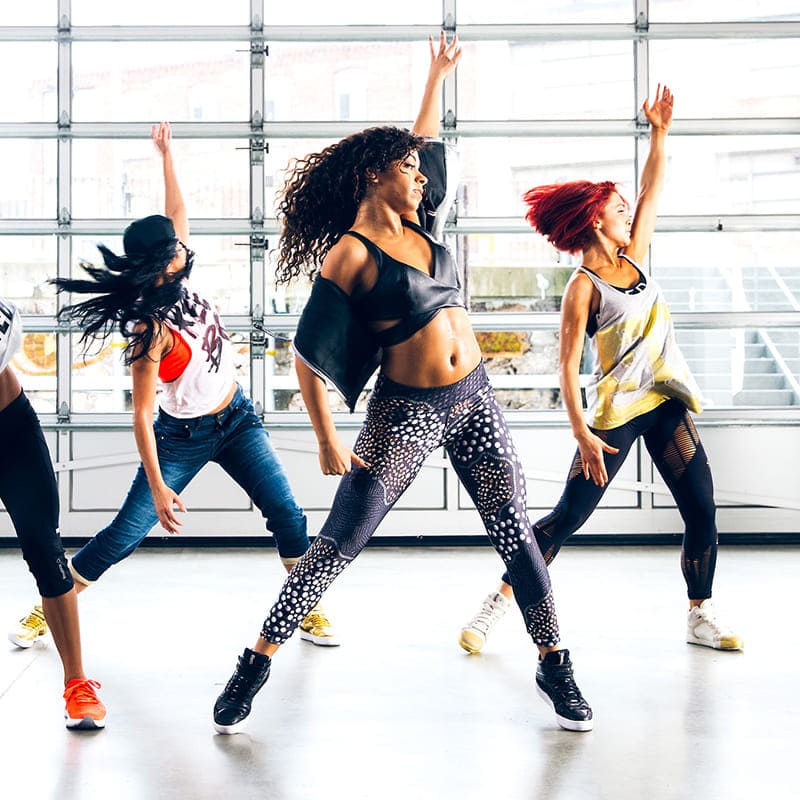
To experience, stand up straight and breath in air slowly. You will feel your stomach move up if you concentrate. Now, inhale instantly and push up your muscle. That movement is stomach pop.
One practice method I learned from my old teacher is to have someone push your lower back right behind your stomach. By resisting the force, you will be naturally using stomach muscle.
Once you gain the knack, this pop is quite handy in lending you the power. It looks like your pop is coming from within your internal body.
(Source: RisingDanceSchool)
Max Out, Max Down
Pop is different from workout even though they are both the muscle we are talking about. Although I used the term flexing throughout the post for convenience, the right mindset is controlling your nerve. You are sending the signal to the muscle for a better control.
The advantage is you can attain hard pop regardless of your muscle mass. It does not matter if you are a skinny girl. It is about flexing and relaxing your muscle instantly. Your body goes from 100% to 0%, 100% to 0% and so on.
It is about flexing and relaxing your muscle instantly. Your body goes from 100% to 0%, 100% to 0% and so on.
To do that, being relaxed by default is the key to succeess. It is harder than it sounds. As practice goes, you tend to stay flexed and tense. It is important to shake off and calm your muscle at every hit. Pick a slow song to give enough rest period in-between beats. Massaging out your muscle is effective too.
Having said the importance of relaxing, you need to bring your 100% power as well. If you are not sweating from your pop practice, that means you are slacking off with only 30% or 50% of power.
It is the same as running. To be able to run longer, you have to reach your limit first. Likewise, your pop will never be big without full initiative. It is 100% and 0%.
I know, it sounds a lot to comprehend. I suggest you practice pop in two parts. The first half is all about popping as strong as possible. Give in all you have got. Just like warm up, you have to wake up your muscle. The muscle will acknowledge the potential of how far it can extend. Then, only in the second half, you will focus on relaxed, cleaner, on-beat training.
The muscle will acknowledge the potential of how far it can extend. Then, only in the second half, you will focus on relaxed, cleaner, on-beat training.
What if You Can't Really Do It
There is no need to be discouraged. It is not a skill that you can master after one day of practice. It does not matter how hard you try. The truth is it took me 3 years to see the impact of my pop. It is then I am finally able to impress people with the hit alone. Until then, it was more like bubbling.
Does that mean you should stop popping until you master pop?
No, not at all.
You can still amplify the effect with dime stop. And, with the small pop, you can practice and perform the moves with animation, boogaloo, glides, etc. By the time your muscle becomes strong, you will combine those techniques with pop, and blow people's mind.
One thing I like about pop training is its quietness. You can literally do it anywhere even in the crowd like at a shopping mall. People will hardly notice you.
People will hardly notice you.
Pop here, and pop there.
The most important thing is to have fun. Take a long run game on this, just like a workout. Eventually, it will come back to you with a big payoff.
The art of subtle movement: "But it doesn't feel like I'm dancing!": zoukability — LiveJournal
The art of subtle movement: "But it doesn't feel like I'm dancing!"Author: Laura Riva, Canada
Original: http://grapevine.dzouk.com/the-art-of-subtle-movement-but-it-doesnt-feel-like-im-dancing/
Italic - remarks translator
When I started dancing, I really wanted to move a lot and actively. I watched how easily advanced dancers danced and tried to imitate them.
I did a lot of body movements during the lessons. She took giant steps. I tried to brush my hair as hard as possible. My arms were constantly sticking out to the sides. I went out of my way to keep my hips moving with every step. I danced.
Now I remember this, and I cringe. When I try to replicate what I thought was a "good dance", I feel how stupid and ineffective they are. They are clumsy, out of control and unbalanced.
When I try to replicate what I thought was a "good dance", I feel how stupid and ineffective they are. They are clumsy, out of control and unbalanced.
What is the difference between me then and me now?
Amplitude and movement like "Dance"
I used to be convinced that dance requires huge, super expressive movements. If I did not do these excessive movements, it seemed to me that I was not dancing.
I had the idea that dancing should make you sweat. The dance must be difficult. The dance has to push my body to the limit for its full effect. Then I did not understand yet that social dance is rational and manageable; I didn’t understand that the best dancers don’t drive themselves on the dance floor, that all their body movements are built on efficiency and control.
It doesn't just happen to partners. You can often see partners who run around the dance floor with huge steps, even if their leading hand is inactive. You can see this when a partner drags a partner on giant or super complex movements and does not understand this.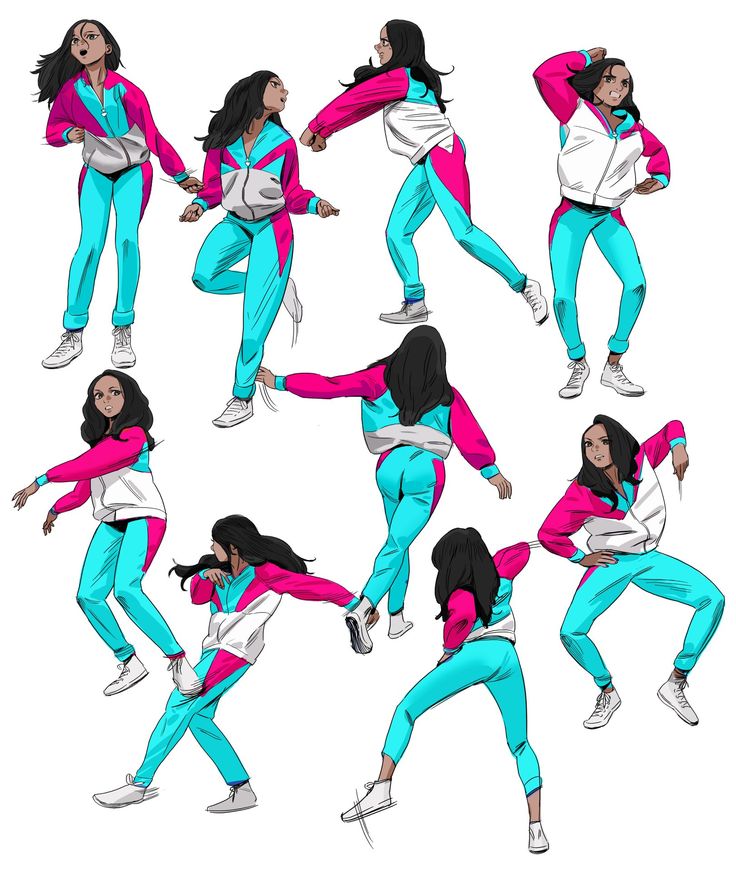
For the sake of objectivity, it is worth noting that the problem of huge movements does not happen to all dancers. Some have the opposite: too small movements - this should not be the case either. In this article, we consider only large movements in terms of their inefficiency.
Want an example? Furious Zuk run for 3 minutes. Yes, this crooked marathon runner with an inappropriate headwork is me. My partner also runs a lot, but I surpassed him, he has to catch up with me! At the time of the video, I have been dancing zouk for a little over a year.
Amplitude and movement vs. Efficiency and control
After a while, many dancers have an Epiphany. Sometimes it is associated with only one specific movement. For some, this is a complete rethinking of how they dance.
At some point, the dancer suddenly realizes that the most effective movement does not have to be big. It is suddenly discovered that a weightless hand grip, weight transfer, small body movement can have a drastic positive effect on the quality of the dance.
Sometimes you may hear phrases like: "Really? Is that all?" or "But it's so easy!".
This is the epiphany when the dancer begins to understand that the dance does not have to be difficult if the movements are performed in an efficient way. Sometimes it causes mixed feelings.
Mixed feelings: "I don't feel like dancing"
When dancers realize that there is a more efficient and easier way to achieve the same result, they are not always happy with this discovery. Sometimes it seems to them that a new way of performing a movement does not feel like a dance. As if they are standing still and doing nothing.
I can assure you that this sensation will pass. As you begin to understand efficiency better, you will soon get a deeper feel for the essence of this subtlety of movement. You will learn to feel every millimeter of movement from start to finish. You will begin to pass small movements through your entire body instead of rushing from point A to point B.
That's when you feel like you're dancing, even if the movements are small. When you learn to control every moment of the dance, you won't need much movement to feel the dance. Even shifting weight from one foot to the other is part of the dance. All this will improve your Connection, musicianship, stamina and ability to dance to fast music.
Dancing with a partner who skillfully uses small movements is bliss... This is the maximum attention to lead and relaxation at the same time.
On the physical side, compact movements help you keep your balance, help you focus on working the right muscles in your body. You will be able to feel how the movement originates in the tips of the fingers and ends in the toes. Or how it starts at the hip, rises up the lateral muscles to the chest, passes into the shoulders and fades away in the neck.
Compare dancing to writing at university: many students write long, 20-page essays that they think will best demonstrate what they know. They evaluate their knowledge by the number of words. But an experienced writer will state the same thing on 2 pages: this volume is enough for him to accurately express his thoughts. This is the level of proficiency in speech.
They evaluate their knowledge by the number of words. But an experienced writer will state the same thing on 2 pages: this volume is enough for him to accurately express his thoughts. This is the level of proficiency in speech.
Dance is not about the number of movements, but their quality. Dance is the ability to control each small muscle in your body in isolation. The ability to be effective in its expression. The dance should be natural and effective.
When you understand this state of efficiency and feel comfortable in it, it will become unimaginably easier for you to express yourself in dance.
You can follow the announcements of new articles through the VK group: https://vk.com/zoukability
12 life hacks to quickly learn how to dance from Mamita Dance
Dances
Author: Pavel Gather
Psychologist, Lecturer Salsa and Tango
Dances
Author: Pavel Pavel Pavel Pavel, Lecturer Salsa and Tango on At the start, you always want to get a quick result. This is the most common story of those who believe that attending couples dance classes is enough to learn how to dance. 1. Listen to music The most common and accessible advice that is given already in the first lessons. And it definitely works. Music creates a certain atmosphere of the dance and intuitively you want to move to it. It doesn't matter where you listen to music - in the car, on headphones while walking or doing household chores. An addition that will help you dance better is your active participation in the music. 2. Watch videos of good dancers It's complicated, but also obvious. It’s more difficult, because without recommendations from more experienced dancers, unfortunately, it’s not so easy to find a good quality video on the net (I mean not the resolution quality, but the content itself). Meaningful video viewing is about building an understanding of HOW dancers make a particular impression on a partner or viewer. Technology is at the heart of everything. Understanding how the pros do it is a big step forward. It is important to distinguish a show from a disco dance, a choreographed performance from an improvisation, a stylized dance from an authentic one, etc. Ask for recommendations and dance instructors will always upload a couple of videos of worthy landmarks. Tango Z. Showreel. Online modern tango courses Tango nuevo is the most advanced version of tango. We can quickly learn to dance from zero to a steep level. 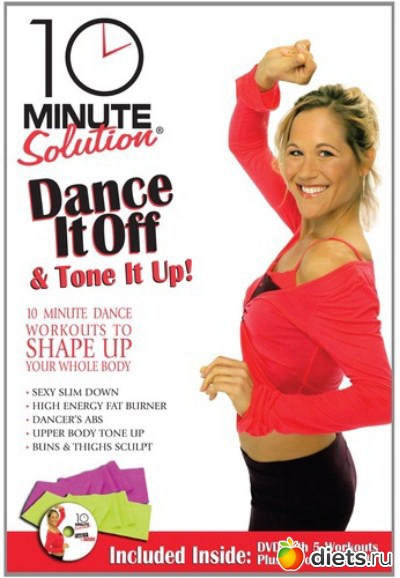 When it doesn't happen, the hypothesis arises that everything takes time. After a conditionally acceptable time, humility comes to mastering pair dances, which, perhaps, is not given, and I will just do what I learned somehow.
When it doesn't happen, the hypothesis arises that everything takes time. After a conditionally acceptable time, humility comes to mastering pair dances, which, perhaps, is not given, and I will just do what I learned somehow.
Absolutely not. If you want to really dance well, you have to make an effort outside of the dance class. A good teacher will definitely be needed, but the initiative should be on your side.
Sing along, dance or simply beat musical accents with any free parts of the body. In the subway, for example, it is enough to tap out bright moments with your fingers, in the car to sing along with sounds, and at home you can jump for pleasure.
View details
3. Dance in salsatecas/milongas/discotheques
A very delicate moment when it is worth coming to the first party. From a technical point of view, most students in 1-3 months have a sufficient set of figures and techniques to come and dance calmly. Psychologically, the same moment can be stretched out for an indefinite time. After all, it is imperative to “not lose face”, “learn more figures” and be sure what to do in case “there is an unfamiliar movement”.
In fact, the party goers don't care (except for a small layer of non-professional teachers who want to help inexperienced dancers by treating them as customers in the future). It is important to come and try dancing after a month of classes. You can only with friends or guys from your group. This will be enough to feel the adrenaline and inspiration from the dance.
4. Dance with partners or partners not of your level
The conventional wisdom that you need to practice in groups of your level does not withstand the test of experience. Perhaps now your eyes widened in surprise, and you want to meaningfully read the phrase again. Yes, you saw everything correctly: when you dance with a partner of your level, you don’t grow anywhere.
It's important to understand that not only does it work one way, and you need to dance with cooler dancers, but it works even more effectively the other way. It is no coincidence that teaching pair dances dramatically raises the level of the teacher himself. You have an endless stream of very beginner dancers.
How it works. A more experienced partner needs to be "stretched". It's easy and obvious. With beginners, you need to take more initiative on yourself, see the general pattern of the dance more widely, turn on and insure more, try to be an example and be more careful. The quality of interaction begins to grow significantly. And wonderful partners too.
Dancing with partners of your level doesn't make you grow. Dance with beginners and more advanced dancers
Dominican Bachata Women's Style Online Course
Want to learn how to hypnotize those around you with the most appetizing part of your body? On the course we will tell you all the secrets.
| Interesting |
5. Learn to dance for a partner and for a partner
Turks and Argentines are one of the best partners in the world. In Russia, partners are highly valued. Why? The answer is simple. In Argentina and Turkey, it is not questionable for men to ask another man to lead in one piece or another and give feedback on the quality of the lead. For them, it will be a great shame to hear moralizing from a partner, or even more so to be known in the community as an insecure partner.
In Russia, due to the constant, often far-fetched, opinion that there are more women in pair dances, partners calmly get up and study their partner's part. Such partners then grow into very cool dancers and teachers. In no case do this at parties, only in class. Here we are talking only about the learning strategy. At parties, be yourself.
6. Do not memorize the links
Always try to look deeper and understand the through principle and idea of movement. Understanding what and how is done will make it possible to independently generate any sequences and chips.
Human memory is limited and there will always be a moment when something will slip away and your repertoire will be limited by the size of RAM.
In Argentine tango, for example, there are seven levels of movement construction that, when mastered, will allow you to make millions of combinations. And how many dance sequences can you really remember? In rueda, more than 150 figures dance in a rare circle. It's hard to keep more in mind.
7. Develop your body
Many years of experience in teaching partner dance shows that as soon as everyone pairs up in a class, any progress in individual style ends. But it is the individual style that distinguishes everyone at the disco: partners change, and style is always with you.
The body as the main instrument of dance must be very plastic, responsive and emotional. Surprisingly, not all pair dance schools have a general physical warm-up. It is vital to tune the body and understand how it works.
You can always train extra and concentrate more on the basic steps, as their true value is in the quality of body work. The sequence of steps is, in fact, the simplest thing that can be in pair dancing. The quality of individual performance determines the craftsmanship.
8. Try on the images of inspiring dancers
A psychological life hack for those who have already mastered the steps, but still feel that there is not enough brightness and drive. Most are terribly afraid of being someone else's "clone". Here the action is the same as under the influence of hypnosis - the more you resist, the more you plunge into an altered state of consciousness.
With a high degree of probability, you are already dancing like someone else's "clone". A meaningful fitting of someone else's image is that you mentally take the image of the one who inspires you (inspiration is critical in this case) and "put on" yourself. Then you start dancing and trying to feel in general how it is to be able, for example, to be the best partner or the sexiest partner in a disco. This is much more difficult than it seems. But it works extremely efficiently.
9. Dance to offbeat music
Habitual rhythms keep you tight. Tango salon or speedy timba leave little room for experimentation and fantasy. Pattern dancing is always noticeable and is reserved for beginners.
The truly new is born outside of the usual. Look for places to experiment. If there is no place, organize self-training. The main thing is not to get carried away, because music determines the style. We bring something new to pair dances, rather than trying to change them.
Search, improvise, don’t be afraid to go beyond, develop in different directions, be inspired by music atypical for the style
10. Try your hand at basic dance directions
dances exist according to their own non-choreographic laws.
This is the deepest delusion that has turned into a ceiling for the qualitative development of partner dances. After all, all professional dancers, for example, in salsa or bachata, build their ideas on the basic choreographic principles.
Do not think that choreography is applicable only on stage. Any meaningful movement of the body can be choreographic. In general, try classical or modern choreography. Basically, hip-hop can work too.
11. Look for battle sensations
Pair dances return us to an active position of manifestation of our body. As in the days of our ancient ancestors, we impress the members of the opposite sex by how dexterous, hardy, sexy, etc. we are. Modern laws of the jungle in the entourage of large cities.
As in the days of our ancient ancestors, we impress the members of the opposite sex by how dexterous, hardy, sexy, etc. we are. Modern laws of the jungle in the entourage of large cities.
If you look around the dance floor, it becomes clear that the majority are clearly herbivores (not in the sense of vegetarians, but in relation to those around them). I am sure that predators are always more interesting in terms of the attractiveness of the image - try to find a counterbalance among herbivores, for example, a cat woman or a lion man.
The conversation is about an internal position, not about aggressiveness. Lability and lack of control are inherent in adolescents, and not in adult self-sufficient people.
Accordingly, even a training or friendly battle gives, on the one hand, practical skills - to make a bright sequence of movements, bring an idea to a climax, show a spectacular feature, on the other hand, develops the psychological basis of the dance - self-confidence, resistance to extraneous attention, self-control and self-control in complex elements.
12. Communicate with professionals
The environment shapes the internal position. Basically, real passionaries of the dance community are ready to openly talk, discuss and support the development of dance in every possible way. Universal principles and the ideas they articulate have a much longer and more practical perspective than meets the eye.
Accept that, for example, behind the words "listen to your partner" is not only a beautiful metaphor, but also a practical skill to literally listen to your partner. At the same time, always treat every thought, even the most respected teacher, as a private opinion.
Your skill will lie in finding the scope of the idea even in contradictory opinions. Most often, the contradiction is speculative and the truth lies in the angle of perception or situationality.
Your dancing growth will stop sooner or later. This can happen at the level of three basic steps or years of experience in teaching and show performances.
